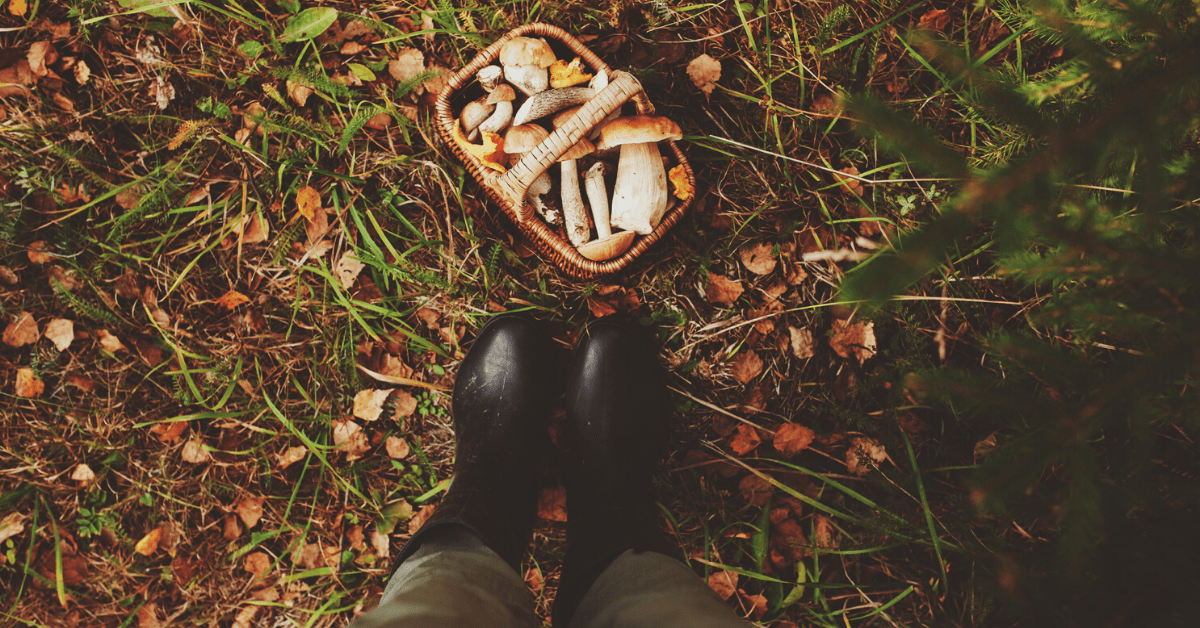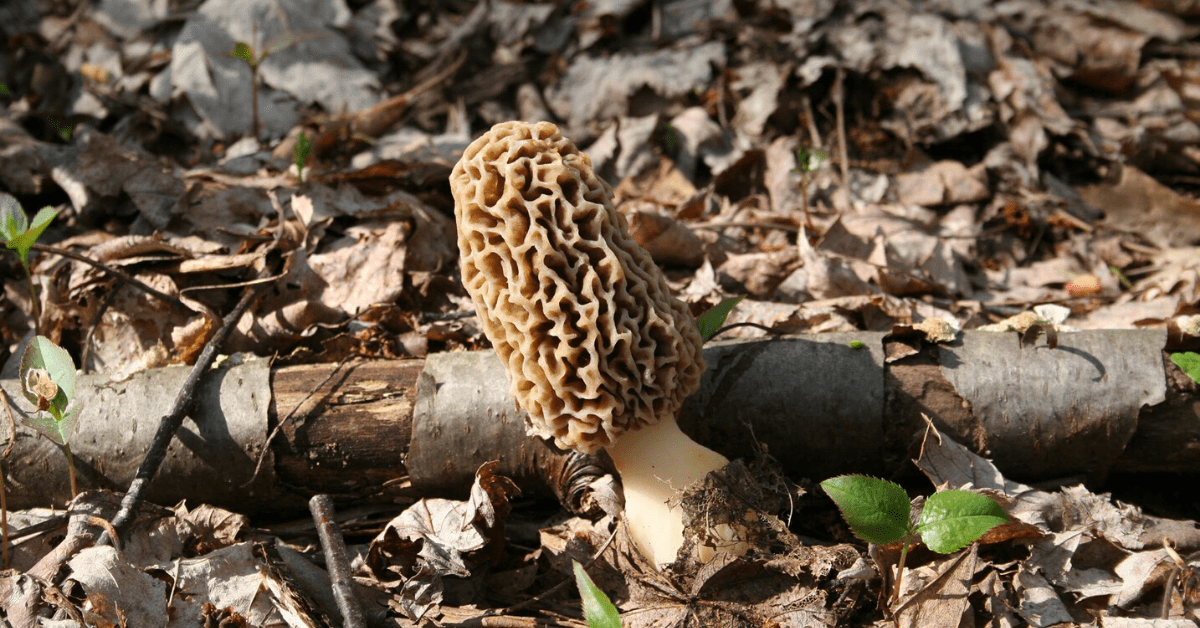Once relegated to middle-age botanists, morel hunting has become a popular hobby for millennials – combining exercise, adventure, and competition – with a healthy dose of frustration.

It’s late May and 27-year-old software salesman Steven Karp is trudging through a riverbank high in Utah’s Uinta mountains. It’s 8 degrees at 2,700 meters above sea level and the temperature will continue to plummet the higher he goes.
Despite the rainy conditions, his eyes focus on the base of the trees, barely visible through the spring drizzle. As his feet sink deeper into the riverbank, the water seeps into his socks, chilling his toes to the bone. He looks at his map.
He’s definitely in the green zone, but his target is nowhere in sight.
He presses on, occasionally crouching down to examine the ground in the hopes of finding the treasure he’s traveled more than 70 miles in search of.
While it might sound like Karp is playing the newest version of a PlayStation game, he’s not on a virtual quest.
He’s searching for the elusive morel mushroom.
While morel hunting has been going on for generations, the semi-obscure hobby is making a comeback with millennials, such as Steven.
The “Morel” basics
Scientifically speaking, morel is an umbrella term that includes the Morchella, Verpa, Helvellyn, and Gyromitra species. Morels are generally pale, off-white, or yellow mushrooms with a hollow stalk and a wrinkly, brain-like cap.
They typically only grow three to four weeks a year, usually during the cool, rainy spring months when daytime highs peak in the mid-teens and lows remain above 4 degrees.

Due to their fleeting lifespans and volatile growing patterns, morel hunting has grown into a hobby as enthusiasts scour the damp ground in search of the telltale wrinkly, spongy honey-combed caps.
Since morels only have a short lifespan (two weeks at most), there’s no definitive map for finding them.
They usually grow near the roots of dead or dying elm, aspen, oak, and maple trees, but they can also grow at the base of live trees. Sometimes they’re found on north-facing slopes and sometimes they’re found on the south-facing slopes.
There’s also one hard and fast rule amongst morel hunters: you never ever tell anyone your spot. To do so would be akin to providing the world with a real-life cheat code.
Avocado toast and…mushrooms?
The culinary aspect of morel hunting is what appeals to many millennial morel hunters, as it seems many come from a gastronomy background.
For generations, morel mushrooms have been widely regarded as some of the best-tasting mushrooms in the world, used in a variety of cuisines from pasta to quiches to tarts. Morels have especially gained traction within the vegetarian community.
Mushroom hunter Kristen Childers, 37, from Illinois, said many urban morel hunters are often interested in the farm to table ethos, gourmet ingredients (wild mushrooms being one of those), and reducing their carbon footprint.
“Morel hunting is in line with those values,” she said.
“Younger people overall tend to be more environmentally conscious and that plays out in interest and concern about food sources.”
The exclusivity of morels is tied directly to their scarcity. A pound of morels can yield up to $50 with no shortage of willing buyers.
A social safari
Don King, a mushroom hunter in his 40’s from Ohio, runs The Mushroom Hunter website and leads a dozen mushroom identification hikes and forages throughout the year in and around his home.

King, who got into mushroom foraging himself about 15 years ago, said he’d noticed a resurgence of interest in morel hunting amongst younger generations in recent years.
“I started studying mushrooms because I saw lots of different mushrooms growing in my yard and wanted to know if they were edible,” he said.
“I first learned about morels and puffballs and continued my exploration. At this point, I’ve eaten over 80 different species of wild mushrooms and learn more every year.”
A new travel trend
Morel hunting provides opportunities for enthusiasts to travel with a purpose beyond the traditional tourist destinations – whether that purpose is to get the perfect “melfie” (mushroom selfie) or to explore a new destination.
For a generation that has essentially grown up sharing their lives on social media, morel hunting provides not just an opportunity for adventure, but also social media bragging rights.
Morel hunting is also a relatively easy (and inexpensive hobby) to take up, which adds to the appeal for many younger hunters.
There’s a wealth of U.S. morel hunting groups across social media that you can join to get involved in the foraging.
There’s also a lot of great online resources to help new hunters get started. The Great Morel is a valuable website with tips, suggestions, and maps.
For millennials on the lookout for new hobbies, morel hunting just might be the next best adventure.



